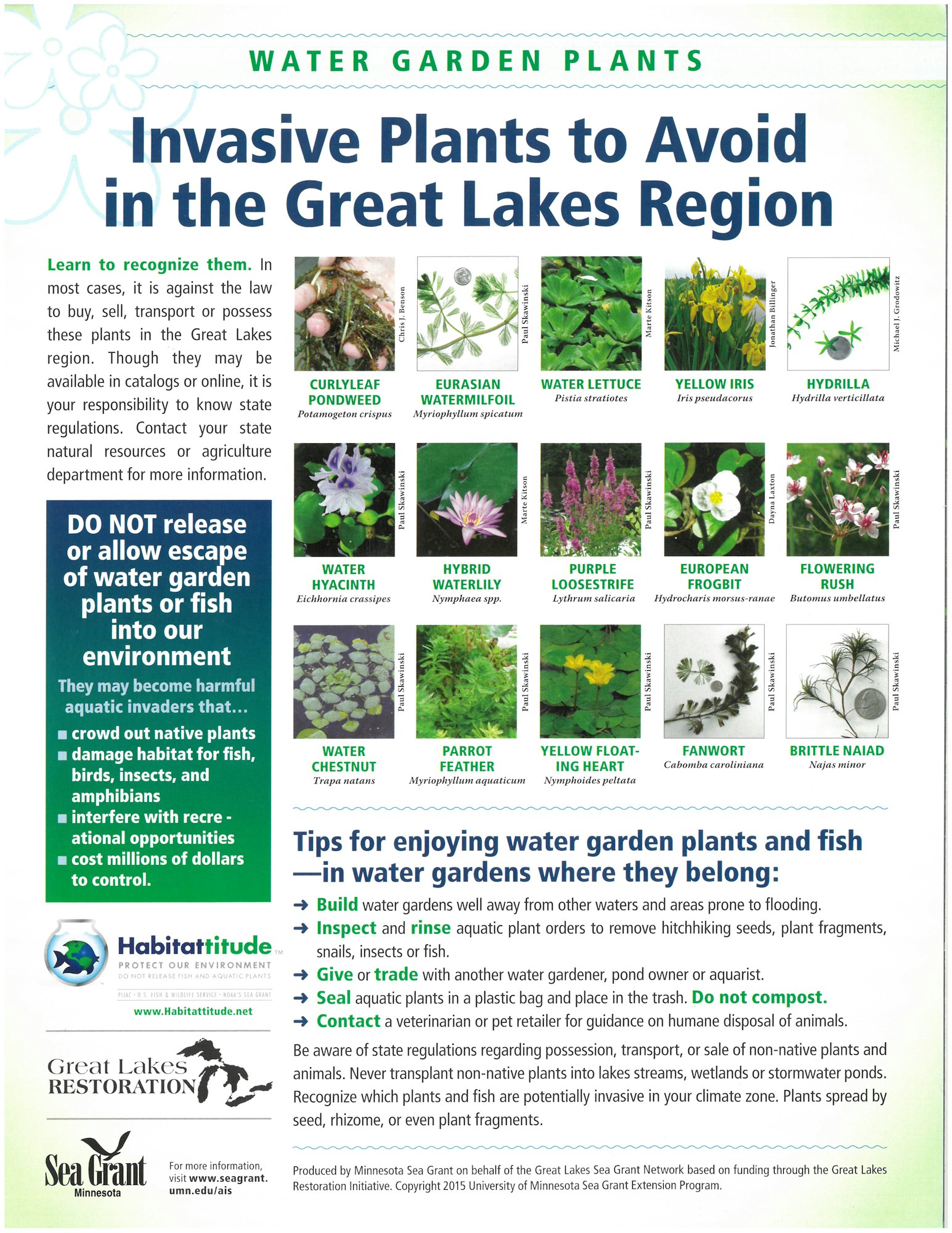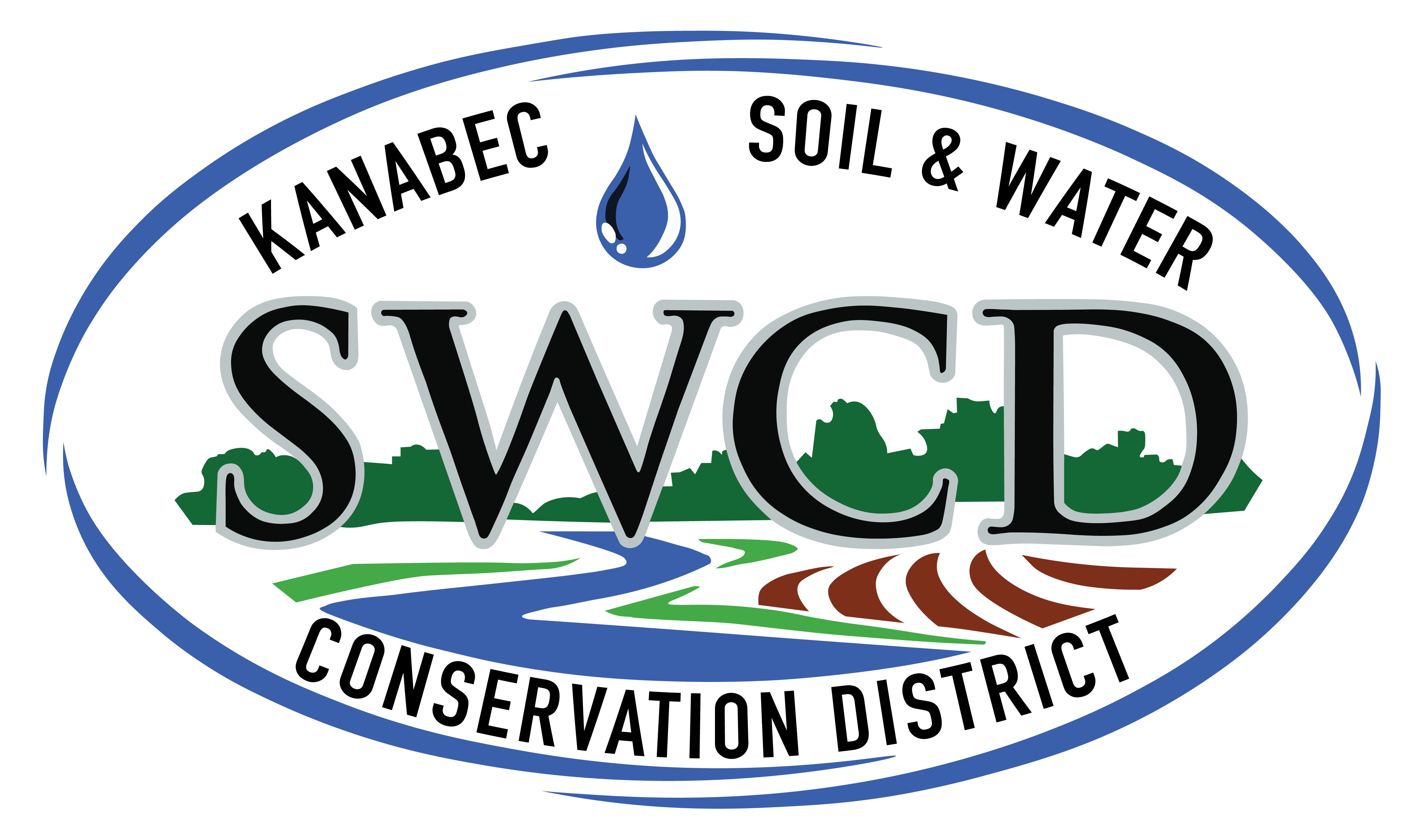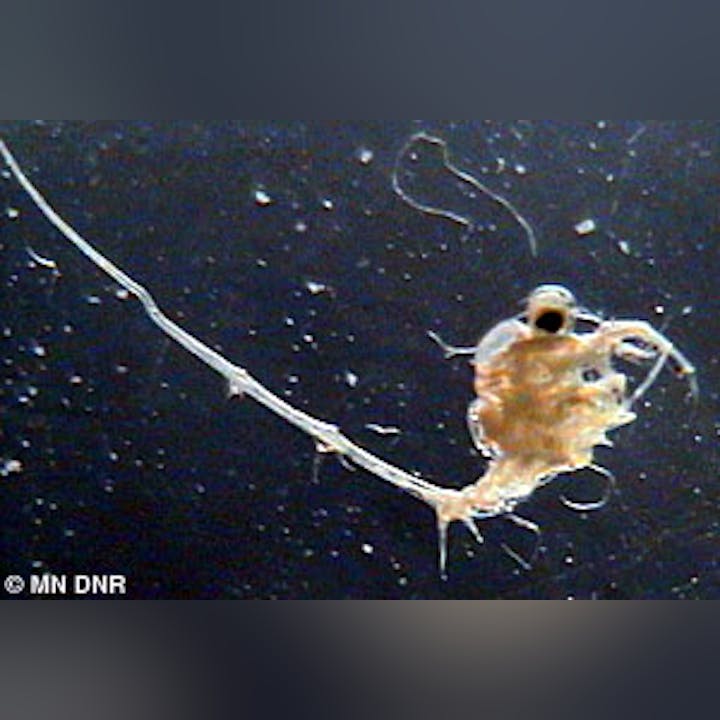Invasive Species
Overview
Invasive species, both aquatic and terrestrial, are a significant threat to the stability of our natural environment. At Kanabec SWCD, we are dedicated to addressing the spread of non-native plants and animals that disrupt ecosystems and harm native species. These invaders can destroy habitats, reduce biodiversity, and compromise the health of our waterways, forests, and prairies.
What is an Invasive Species?
We define invasive species simply and pragmatically: any non-native plant or animal that escapes into natural habitats and expands its population on its own - whether quickly or slowly - is considered invasive. While some may be less aggressive, even a species that doesn't dominate an area still takes up space that should belong to native organisms. These invaders displace native plants and animals, which rely on native species for food, shelter, and the balance of ecosystems.
It's important to understand that the damage done by invasives goes beyond just the visual presence of a few non-natives. Any area dominated by plants that don’t support the food webs and habitats needed by native insects, birds, and wildlife is a habitat in decline. For example, fields with a mix of non-native plants may seem more diverse, but from an ecological perspective, these areas can be just as damaging as a monoculture of a single invasive species like buckthorn or Canada thistle.
Why Should We Care?
Invasive species cost billions of dollars every year in control efforts and damage, as well as causing economic losses in agriculture, tourism, and other industries. The problem is compounded by habitat loss from development and agriculture, creating an even greater challenge to preserving biodiversity. Even more concerning is that some of the most aggressive invasive species are still sold as agricultural or nursery stock, perpetuating the cycle of harm to local ecosystems.

What We Are Doing
At Kanabec SWCD, we focus on identifying and managing invasive species to protect the health of our landscapes. Our efforts aim to control both plant and animal invasions in aquatic and terrestrial environments. We provide education and resources to help landowners and people in our community recognize and manage invasive species on their property.
Our list includes both highly invasive species and those designated as Noxious, Prohibited, or Restricted by the State or Federal government. While some native species are considered noxious due to toxicity or aggressive growth, our primary concern is with non-native invaders that threaten our local ecosystems. We encourage the community to get involved and make informed choices to help slow the spread of these harmful species.
We encourage the community to get involved and make informed choices to help slow the spread of these harmful species. For a simple introduction to invasive species concepts, you may also find the Student’s Guide to Invasive Species helpful as an additional resource.
Together, we can reduce the impact of invasive species and protect the integrity of our natural environments for future generations.
If you observe any of the invasive species from either the Aquatic or Terrestrial lists in Kanabec County (located on the sidebar of this page), please reach out to Jaren Peplinski (jaren@kanabecswcd.org) or the Kanabec SWCD office (320) 679-1391 to report them.
You can also report invasive species by downloading and using apps such as EDDMapS (https://www.eddmaps.org/) or WildSpotter (https://wildspotter.org/)


